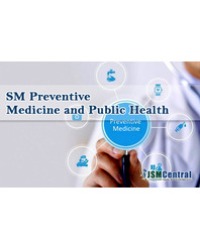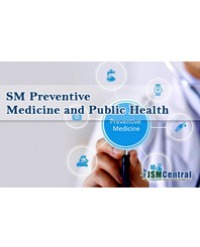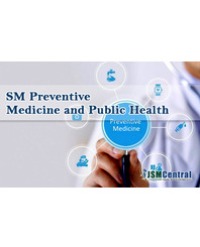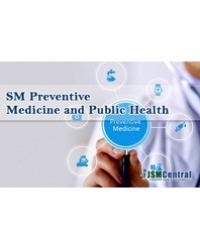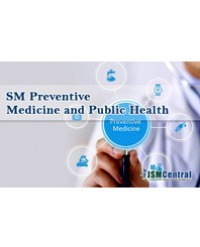
A Global Health Preventive Medicine Overture: Lycopene as an Anticancer and Carcinopreventive Agent in the Deterrence of Cervical Cancer Liking Lycopene
Cervical cancer is a global healthcare concern for all women; it respects no geographical boundaries. Cervical cancer involves substantial costs not only in treatment but also in productivity lost. Prevention and screening programs have helped slow the rising incidence of cervical cancer, but more needs to be done. Preventive measures by way of diet should be considered. Certain familiar natural food sources, especially the tomato, contain in abundance a bioactive compound, lycopene. Lycopene is a lipid-soluble compound, and constitutes more than 80% of total tomato carotenoids in fully red-ripe fruits [1]. Lycopene has demonstrated potent antioxidant properties as well as chemopreventive and anticancer properties [2]. Lycopene, being adequate and bioavailable in the tomato’s raw form, becomes enhanced and more bioactive when heated as in cooking. Adverse effects of lycopene are rare; in an overdose (or an allergic reaction) any adverse effects are easily reversible. The potential benefits and lack of adverse effects bode well for taking the next step in proposing research into using natural sources of lycopene, such as the tomato, on a global basis for preventing and reducing the incidence of cervical cancer.
Nicholas A Kerna1,2*

